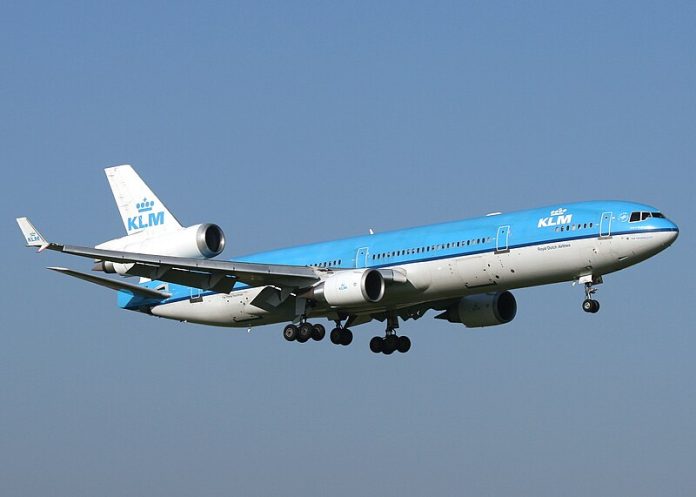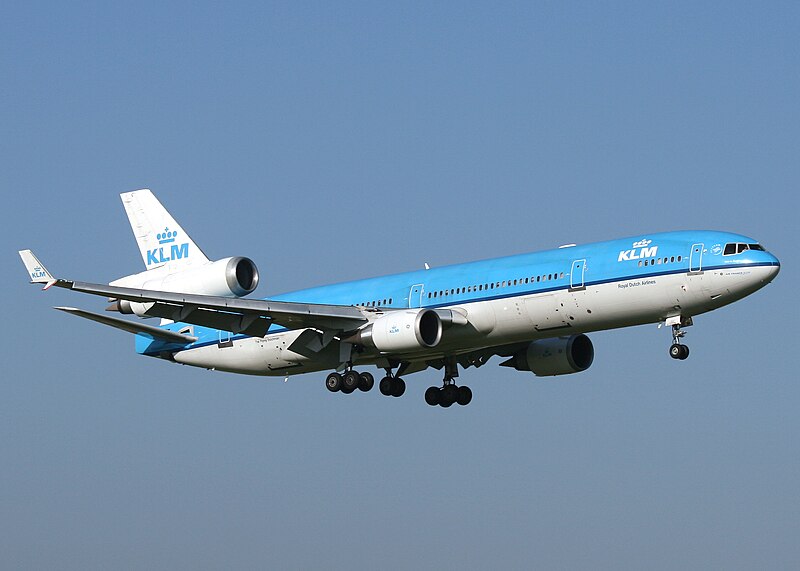
A wide-body freighter ablaze, its wing afire and engine torn away, is a rare enough sight to shake even the most seasoned aviation professional. Yet that is precisely what happened over Louisville’s industrial corridor on November 4, when UPS Flight 2976, a McDonnell Douglas MD-11 Freighter, went down just minutes after takeoff, killing 13 people and reducing several businesses to rubble.
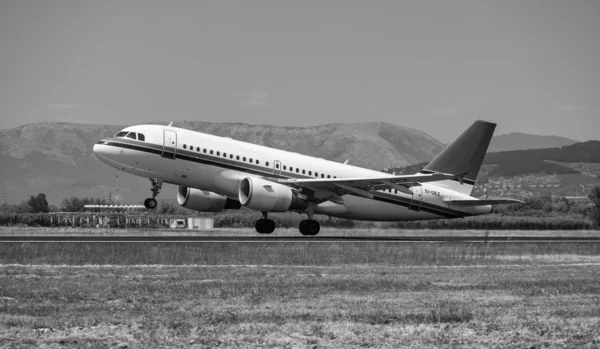
1. Catastrophic Failure Moments After Takeoff
According to NTSB member Todd Inman, the airplane’s left wing caught fire and its engine detached during the takeoff roll from Runway 17R at Louisville Muhammad Ali International Airport. The freighter briefly lifted into the air to about 100 feet above ground level before plowing into structures beyond the airport perimeter. The aircraft was carrying about 255,000 pounds of jet fuel, which fed the massive post-crash fireball.

2. Design and Safety Record of the MD-11
The MD-11 is a three-engine, long-range wide-body jet which entered service in 1990. The type was initially designed for passenger service and features a tail-mounted third engine and extended wings to help achieve longer range and payload capacity. However, the MD-11 has a chequered safety record, with past accidents illuminating issues of stability during landings and susceptibility to structural failures. The accident aircraft was built in 1991 and converted to a freighter in 2006. UPS operates a fleet of 25 MD-11s, about 9% of its air operations.
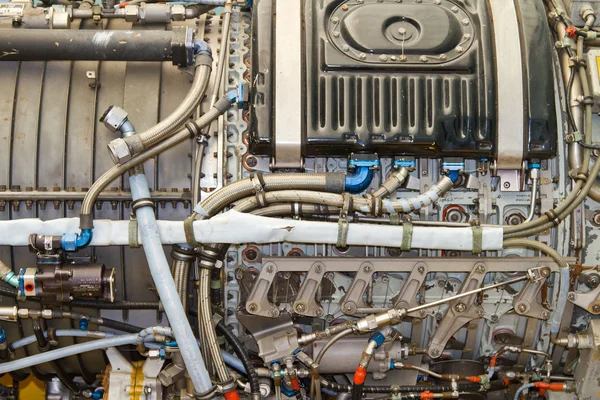
3. Engine detachment and fire suppression systems
The MD-11F is powered by General Electric CF6-80C2D1F engines. These are turbofan engines with fire detection loops and onboard suppression systems to discharge halon into the nacelle in case of an overheat or fire. Cockpit voice recordings picked up a repeating bell alarm, 37 seconds after takeoff thrust was applied, continuing for 25 seconds until impact. Former federal investigator Jeff Guzzetti said it was the bell that signaled an engine fire. Based on the separation of the engine and pylon, there is the possibility of an uncontained engine failure; it could have ruptured the fuel tank of the wing, overwhelming any suppression systems and igniting the fire.

4. Maintenance History Under Scrutiny
Flight records reveal it was on the ground in San Antonio, Texas, from Sept. 3 until Oct. 18 undergoing heavy maintenance. The NTSB is looking into “every piece of maintenance done” during that time, including any removal of the engines, structural inspections, or pylon work. Aviation analyst Mary Schiavo said the trail of maintenance will be important: “What exactly was done to the aircraft, who did it, what parts were replaced, what procedures were followed, and who inspected the work.”

5. NTSB Investigation Tools and Process
The recovered cockpit voice recorder and flight data recorder, both of which were constructed to withstand extreme impact and heat, have been taken to NTSB’s lab in Washington, D.C. Investigators are correlating audio alarms, control inputs, and engine parameters against video from security cameras, vehicles, and bystanders. The debris field stretches a half mile, inclusive of the detached engine found on the airfield, which will undergo metallurgical and fracture analysis to determine failure initiation points.

6. FAA and Manufacturer Response
The Federal Aviation Administration issued an emergency airworthiness directive grounding all MD-11 and MD-11F aircraft, saying that “the unsafe condition is likely to exist or develop in other products of the same type design.” Boeing, which inherited the MD-11 program after its 1997 merger with McDonnell Douglas, said it recommended the grounding “out of an abundance of caution” while its Safety Review Board conducts further engineering analysis.
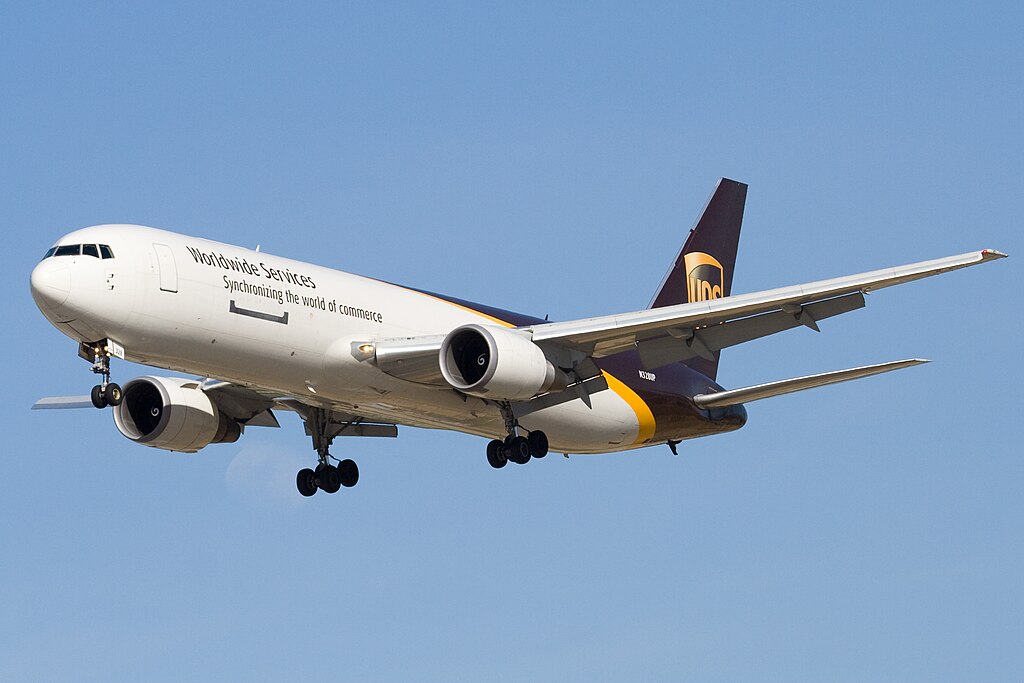
7. Operational Impact on UPS Worldport
UPS Worldport, the carrier’s largest sorting hub, resumed nighttime sorting operations less than 48 hours after the crash. Over 20,000 employees work at the facility, which handles 300 flights daily and sorts more than 400,000 packages an hour. In the place of MD-11s, which have been grounded, UPS is managing service levels through the use of other aircraft types and contingency routing, while FedEx has also grounded its MD-11 fleet for safety reviews.

8. Wider Implications for Engineering and Safety
The incident highlights the interaction between aging aircraft structures, high-cycle cargo operations, and critical engine pylon integrity. Since cargo jets generally remain in service longer than transport category passenger aircraft, safety records for these aircraft are derived from rigorous adherence to inspection protocols.
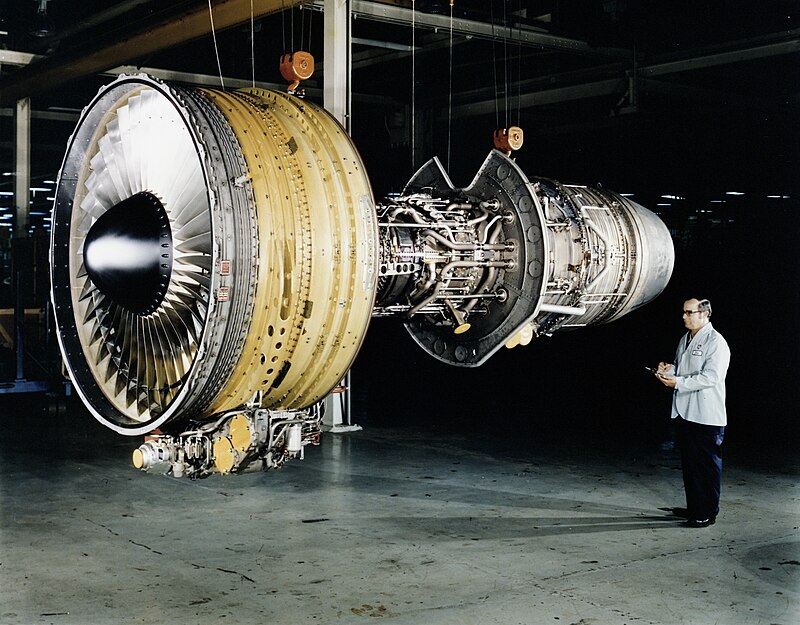
Given the history of uncontained failures of the CF6 engine family, including the 2016 Chicago incident, such urgency is added to the investigation findings. Structural failure, fire, and engine detachment, all present in the Louisville crash, set a likely course for future inspection regimes, engineering redesign considerations, and operational risk assessments for the remaining MD-11 freighters flying worldwide.
